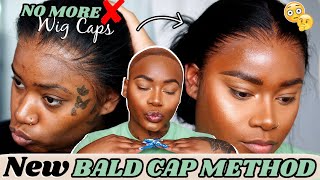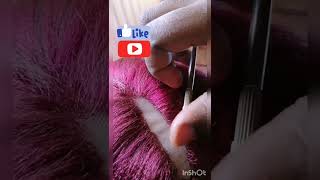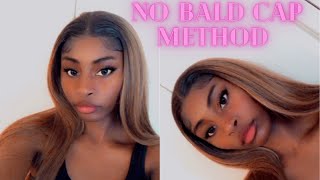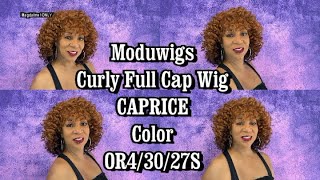Wig Terms and What They Mean
- Posted on 03 November, 2021
- Hair Knowledge
- By Anonymous
In the world of wigs, there is a lot of industry-specific jargon. Knowing some of these terms can make wig shopping easier. Be sure to watch the video at the end for visual examples of each term.
Mono or Monofilament
A monofilament is a fine mesh fabric that is incorporate into a wig cap's construction. The transparency of the mesh allows the color of your own scalp to show through the fibers tied to the top of the wig. This feature makes a wig look more natural.

Denier
A denier is a unit of measurement that determines the thickness of a single strand of hair. A higher denier means heavier hair. For example, Asian human hair has more denier than European human hair.
Weft
A single curtain of hair that, if multiple are sewn together, can be used to quickly construct a wig a lower cost than a 100% hand-tied piece. The easiest way to visualize a weft is to consider extensions. In a normal extensions kit, you receive multiple wefts. Sewing these small curtains together can make wigs affordable more affordable than their hand-tied counterpart.
Returns
Shorter hairs tied throughout a wig to represent the natural look of flyaways or to lessen the density of the underside of a wig. Do not confuse returns with breakage or damage!
Fringe
Fringe is just another word for bangs. More specifically, a fringe is the area of hair that hangs over the forehead. From straight-across to side-swept, bangs are something we’re all familiar with.

Permatease
A permatease is a layer of densely compact hair with a teased look. This helps add body and volume to a wig with a basic cap. It can also conceals the wefts of basic cap wigs.
Nape
The nape is the area of the wig that lays on the back of your neck.
Density
Density refers to how closely strands of hair are sewn together. It also describes the quantity of strands in a single wig. This may be easily confused with the term “denier” mentioned above.
Open Cap/Wefted
This is a method of cap construction. You may also see such a wig listed as a capless wig or a basic cap construction. In an open cap, the wefts of hair are sewn into the piece so that there is space in between them, creating a lesser density wig.
 Remy
Remy
This term describes the way human hair was collected for a wig. If a wig is designated a Remy, that means 100% of the human hair in the wig was collected in such a way that all the cuticles of the hair fiber are all facing the same direction. This may sound insignificant, but Remy is the highest quality. The fibers all facing the same direction create a soft and luxurious feel. Plus, it’s less likely to tangle.
Swatch
You have probably compared paint swatches once or twice in your lifetime. A swatch in terms of wigs is similar. It’s a sample image of what color the wig will be. On our site, you will either see a full photo featuring the wig color or just a small square showing a close up of the shade.
Ear Tabs
A feature of a wig that lays in front of the ear and rests near the temple. Ear tabs are used to adjust the placement of your wig and can help you ensure a secure fit. For a more natural look, ensure your tabs are tucked in and not winging outward.
Piecey
Piecey is a term that describes the style of a wig. Specifically, this is when the fibers are grouped together and slightly separated to create a style with a textured or tousled effect. Basically, it’s your “I woke up like this” look.




